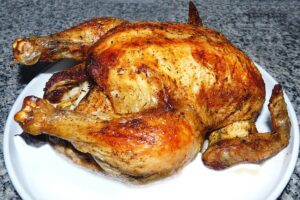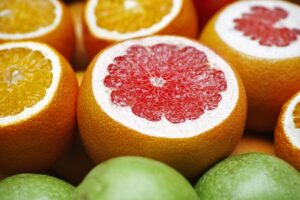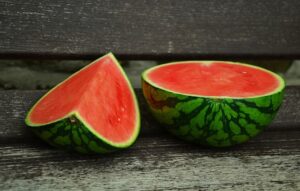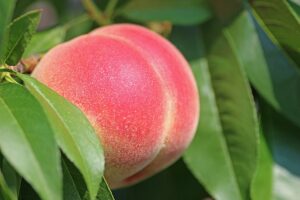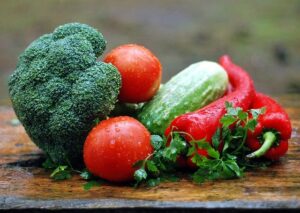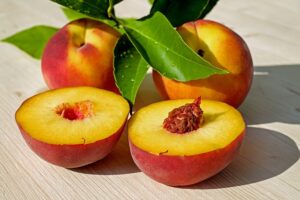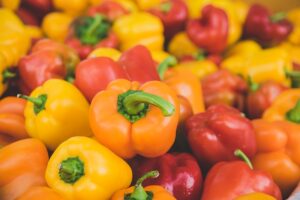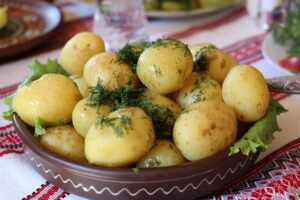Introduction
The monomer for carbohydrates is a fundamental building block that forms the structure of these essential biomolecules. Carbohydrates are a diverse group of organic compounds that play crucial roles in energy storage, cell signaling, and structural support in living organisms. Understanding the monomer of carbohydrates is key to comprehending their biological functions and the chemical processes involved in their synthesis and breakdown.
Monosaccharides: The Monomers of Carbohydrates
Monosaccharides are the monomers of carbohydrates. They are simple sugars that consist of a single sugar unit, typically containing three to seven carbon atoms. The most common monosaccharides found in nature are glucose, fructose, and galactose.
Glucose: Glucose is a six-carbon monosaccharide and is the primary source of energy for most organisms. It is commonly found in fruits, vegetables, and honey. Glucose serves as a fuel for cellular respiration, providing energy for various metabolic processes.
Fructose: Fructose is also a six-carbon monosaccharide, but it has a different structural arrangement compared to glucose. It is naturally present in fruits, vegetables, and honey. Fructose is commonly used as a sweetener in processed foods and beverages.
Galactose: Galactose is a six-carbon monosaccharide that is less abundant in nature compared to glucose and fructose. It is primarily obtained through the breakdown of lactose, a disaccharide found in milk and dairy products. Galactose is involved in various biological processes, including the synthesis of glycolipids and glycoproteins.
Isomers and Ring Structures
Monosaccharides can exist as different isomers, which have the same molecular formula but differ in their structural arrangement. The most common isomers of monosaccharides are the aldose and ketose forms.
Aldose: Aldose monosaccharides have an aldehyde functional group (-CHO) at one end of the carbon chain. Glucose is an example of an aldose monosaccharide.
Ketose: Ketose monosaccharides have a ketone functional group (C=O) within the carbon chain. Fructose is an example of a ketose monosaccharide.
In aqueous solutions, monosaccharides can undergo a process called cyclization, where the carbonyl group reacts with a hydroxyl group in the same molecule. This results in the formation of a ring structure. Glucose, for example, can form a six-membered ring structure known as a pyranose ring, while fructose can form a five-membered ring structure called a furanose ring.
Disaccharides and Polysaccharides
Monosaccharides can combine through a process called dehydration synthesis or condensation reaction to form larger carbohydrates, such as disaccharides and polysaccharides.
Disaccharides: Disaccharides are composed of two monosaccharide units joined together by a glycosidic bond. Examples of disaccharides include sucrose (glucose + fructose), lactose (glucose + galactose), and maltose (glucose + glucose).
Polysaccharides: Polysaccharides are complex carbohydrates composed of long chains of monosaccharide units. They serve as energy storage molecules (e.g., starch in plants and glycogen in animals) or structural components (e.g., cellulose in plant cell walls and chitin in the exoskeleton of arthropods).
Conclusion
In summary, the monomer for carbohydrates is the monosaccharide. Monosaccharides, such as glucose, fructose, and galactose, are the building blocks that form more complex carbohydrates, including disaccharides and polysaccharides. Understanding the monomer of carbohydrates is essential for comprehending their biological functions and the chemical processes involved in their synthesis and breakdown.
References
– Nelson, D. L., Cox, M. M. (2008). Lehninger Principles of Biochemistry. W. H. Freeman and Company.
– Berg, J. M., Tymoczko, J. L., Gatto, G. J. (2015). Stryer’s Biochemistry. W. H. Freeman and Company.


